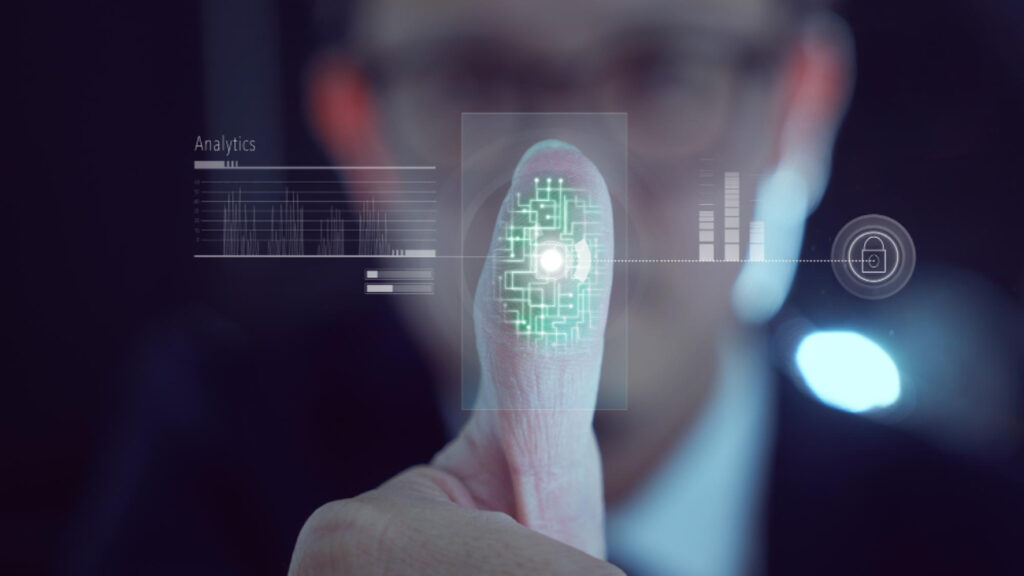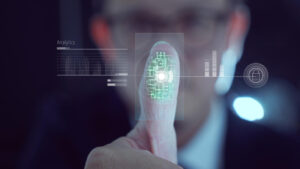Bahaa Abdul Hadi feels that smart cities rely on cutting-edge technologies to make efficiency better, increase security and give residents a more environmentally sustainable living space. Moderately advanced biometrics can be found in every part of our urban spaces—helping us feel safer and leading smarter cities to bring more convenience to residents.
Therefore, it is a fact that state-of the art biometrics have contributed greatly toward making cities safe for everyone, not just those living in them.
Biometrics in Smart Cities
Biometric technologies are reshaping security in smart cities. Unlike traditional methods such as a password or an identity card, biometrics make use of unique physiological or behavioural characteristics to authenticate individuals. It may be fingerprints, facial features, or even voice patterns. This results in higher security levels and greater convenience for the general public as well as businesses.
In smart cities, biometrics are used in a variety of ways such as access control and surveillance to make life more secure and efficient. The incorporation of advanced biometric systems will streamline operations that used to involve time-consuming manual checks or errors.
Advanced Biometrics for Secure Access
On the developing world’s domestic security level, advanced biometrics provide an authentication level which is difficult to replicate or steal. They protect physical entry, corporate IT networks and every critical industrial control system that uses them.
- Facial Recognition: From airport security to smart building access control, facial recognition is used for fast and non-intrusive identity authentication. Cameras with algorithms in the case of smart buildings and pure machine learning for things resembling airports analyze facial features and locate them in real-time using databases input on the spot.
- Fingerprint and Palm Scan: Fingerprint recognition remains one of the only reliable methods for identifying people as individuals. In smart cities today, these systems are in use at entry points like office buildings, public transport and secure areas. Palm vein technology provides an even more secure alternative by recording the veins of a person’s hand.
How Biometrics Are Enhancing Smart City Services
Biometric systems in smart cities make the services citizens receive more secure and efficient. To give you an idea, here are three examples:
- Provisions for Accomodation: Biometrics simplify processes for boarding buses and trains. For instance, facial recognition and fingerprint scanning systems enable quicker boarding, so that passengers do not have to wait in long queues.
- Protection of Medical Records: In hospitals and clinics biometrics can make sure that only authorized persons are allowed to access medical records or administer treatment. The person’s iris is scanned rather than drawing blood for an identification card, thus avoiding the possibility of errors by omission and significantly enhancing patient safety.
Smart Surveillance Systems
Another major application of advanced biometrics in smart cities is in the field of surveillance. By integrating biometric technologies with surveillance cameras, city authorities can observe public spaces more effectively. For example:
- Facial Recognition in Public Spaces: Smart cities use facial recognition technology to monitor crowds at large gatherings, the lobbies of transport arteries and public streets. This speeds up apprehension of people who threaten security in any form.
- Real-Time Alerts: Biometric systems powered by AI can also issue elite warnings to the authorities, getting a quick response out of them and generally improving public safety.
Conclusion
Advanced biometrics, from recognition of facial characteristics to fingerprint and iris scanning, these systems offer enhanced security, comfort and efficiency, transforming how people live within urban spaces. Within this kind of environment, biometrics will be at the heart to create secure, smooth and efficient continuum of colours.
On the other hand, as smart cities flourish, it is important to meet privacy concerns while implementing biometric technology ethically. This is essential in order not only for trust to exist between citizens and operators of these cutting-edge systems but also that their potential may be realized to the full. The article has been written by Bahaa Abdul Hadi and has been published by the editorial board of Identity Herald. For more information, please visit www.identityherald.com.




